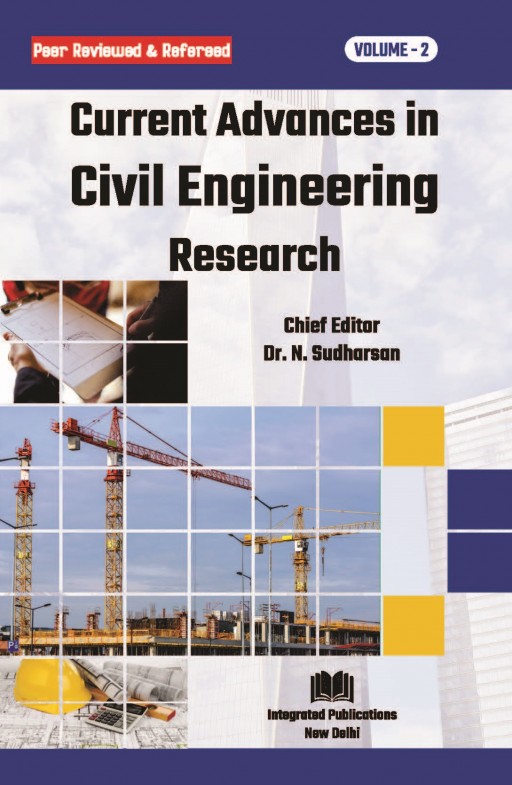Analysis of Newline Nano Engineered Hydrophobic Surfaces


Hydrophobicity means the tendency of a substance to repel water and to avoid wetting of surface. A surface is super hydrophobic if it has a water contact angle above 150°. These surfaces are water repellent. These surfaces with low contact angle hysteresis (less than 10º) also have a self-cleaning effect. Water droplets roll off the surface and take contaminants with them. Due to non-wetting of surfaces, hydrophobic surfaces have attracted much attention of researchers as there being potential applications in micro-fluidics, lab-on-chip, as functional surfaces and in self-cleaning of glasses and clothes, anti-snow sticking and monument protection are only some of them. The self-cleaning surfaces are of interest in various applications, e.g., self-cleaning windows, windshields, exterior paints for buildings, navigation-ships and utensils, roof tiles, textiles, solar panels and reduction of drag in fluid flow, e. g. in micro/nano-channels. Also, super hydrophobic surface can be used for energy conservation and energy conversion. When two hydrophilic surfaces come into contact, condensation of water vapour from environment forms meniscus bridges at asperity contacts which lead to an intrinsic attractive force. This may lead to high adhesion. Therefore, super hydrophobic surfaces are desirable.